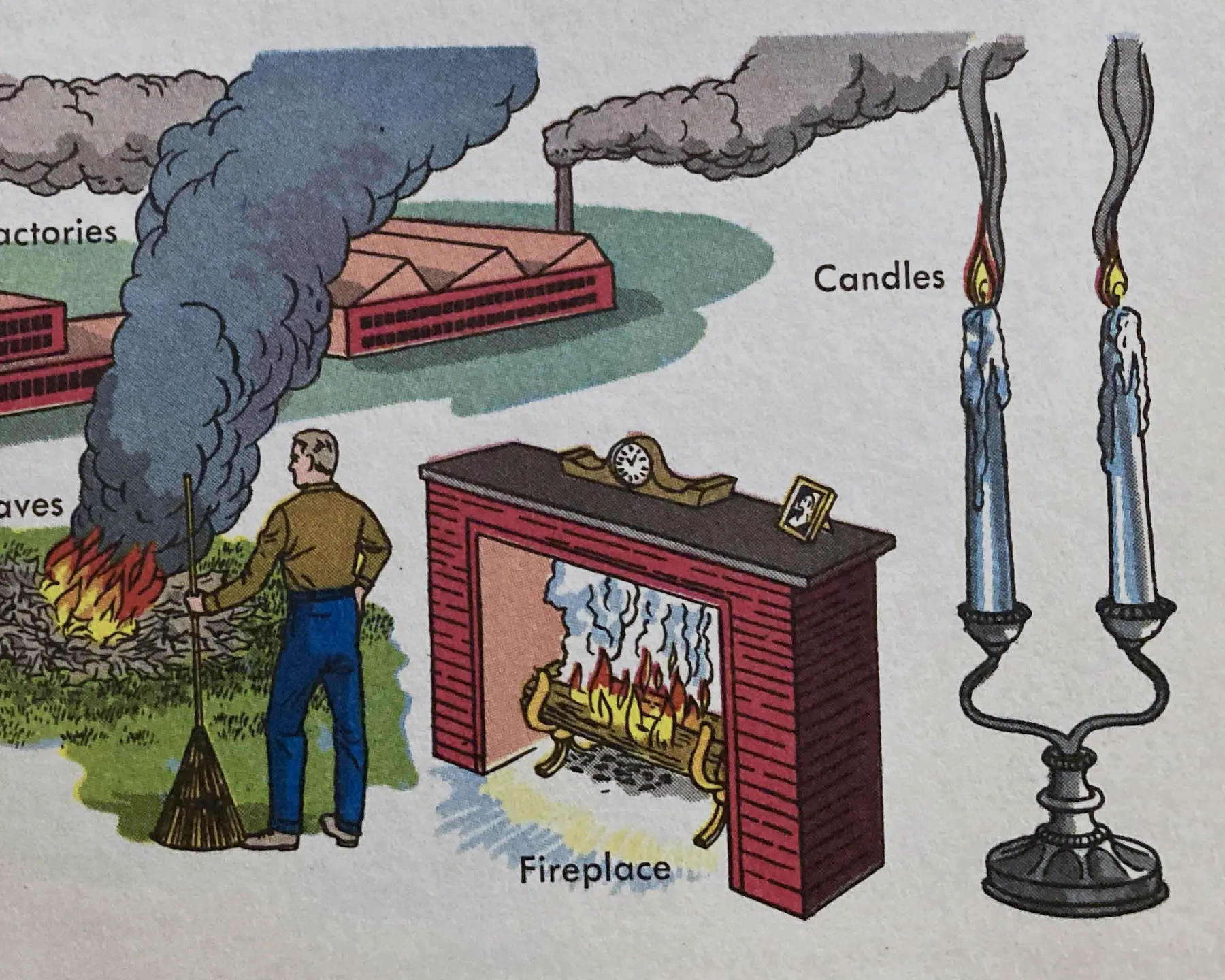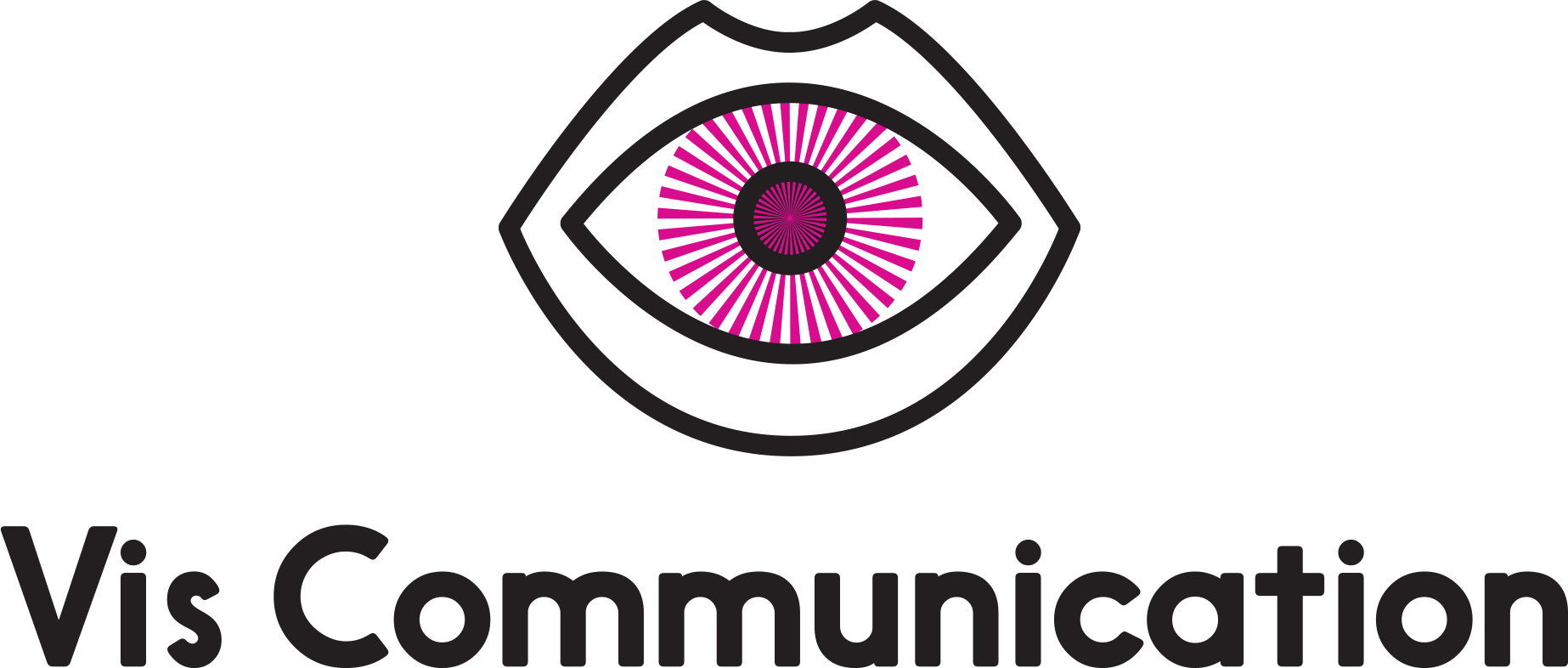What Advertising Can't Do
And also what it should.

Advertising can't:
Make a bad product or service great. I don’t know what else to say about this one. You might convince someone to try it once, but then you’re done. If there is nothing differentiating or great to say about it, our hands are tied.
Make a promise that the company doesn't fulfill. If you want to tout your improved customer service, but don’t improve your customer service in a way that’s meaningful to customers, advertising won’t fix that.
Create a problem that the product solves. In product innovation, there are three kinds of customer needs that can be identified:
- Known needs which are, yes, the problems you know about
- Unknown needs which are problems you can uncover through research
- Latent needs which are problems customers don’t know to articulate and are uncovered through observation rather than direct communication
But all of these start with a need/problem that lead to a solution. Not the other way around.
Change minds quickly. If you are in a need of a perception shift, this will not happen overnight or tomorrow or next week or next month. You have to be in it for the long slog.
Be all things to all people. Trying to do this results in being nothing to no one. If the customer you want to reach is basically everyone, it means you’re taking a very general approach, and people want to know what makes you (and by extension themselves) unique.
What advertising should do.
Attention is becoming more and more difficult to gain. I recently read Tim Hwang’s Subprime Attention Crisis where he argues that the programmatic advertising system is due for a reckoning. But it’s probably not shocking to you that attention as a commodity is simply harder and harder to come by.
What can advertising do to combat this? I think it’s getting back to basics. Influencer and affiliate models are some of these ways. They’re simply sponsorships repackaged for our internet age. I listen to a lot of podcasts and on some, instead of a typical produced radio spot, the host of the show does an announcer read. I'm less likely to skip it because it's coming from someone I'm already listening to, who I like and trust. This was actually how the first TV commercials worked – they would be read on-air by the show host.
We have to figure out how to to speak to consumers in a way they look forward to instead of seek to avoid. In speaking about graphic design, Stefan Sagmeister points out that one of the jobs of the designer is to delight.
"We can do so much more. We can delight!"
– Stefan Sagmeister
It seems to me that the biggest risk these days is boredom. I'll leave you with this quote from Matt Klein:
At a moment of algorithmic-recommendations, bumper sticker takes, and AI re-generated averages, the atypical sets us free. AI is often programmed to play a normie. Its hallucinations are the feature, not the bug. Soon, proof of humanity will be a zag. Zagging breaks us out of the recursion loop of reporting on what’s already trending, comments about comments, franchises about franchises, and AI speaking to AI. We’ve begun to deprive ourselves of the novel, idiosyncratic and interesting. Zag. Please.

